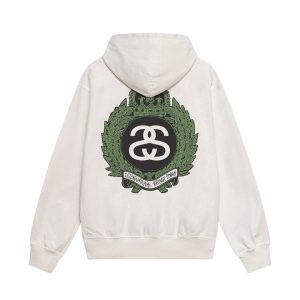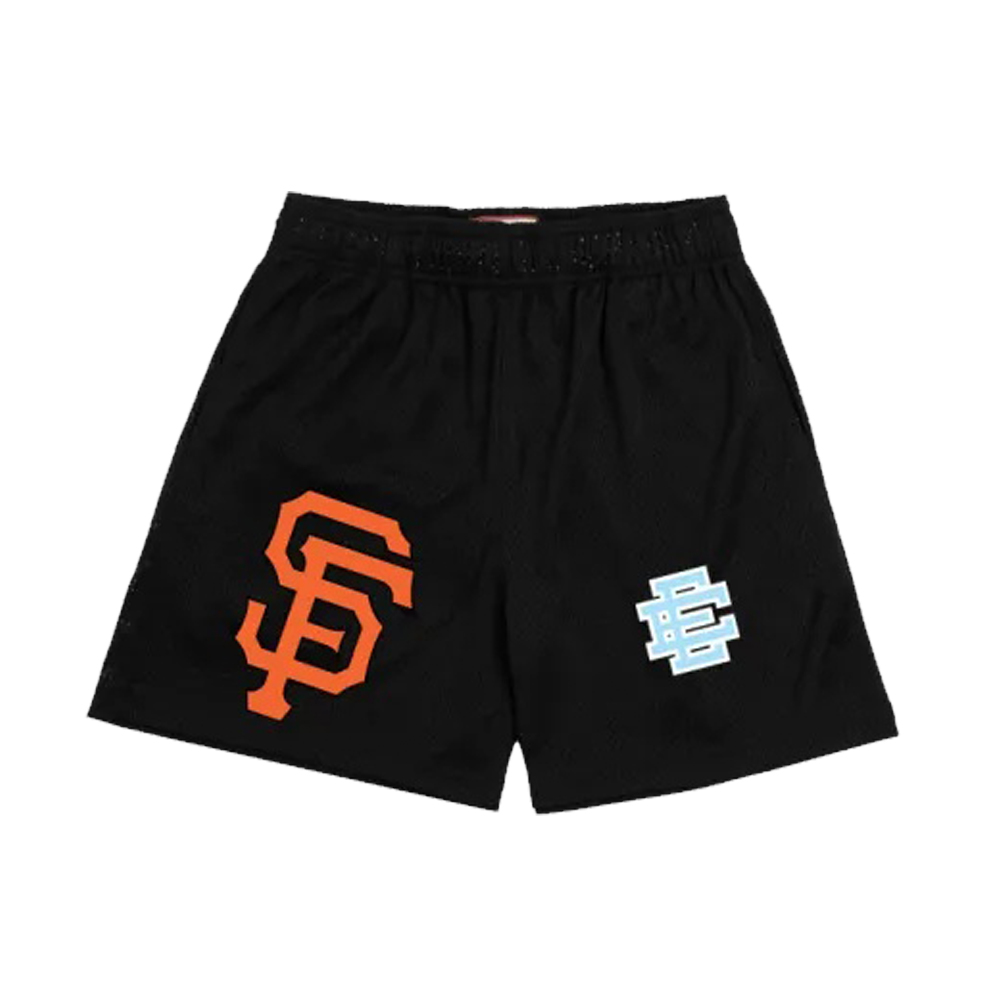Introduction
Managing product inventory is essential for any WooCommerce store. Some products require purchase limitations to prevent bulk buying, ensure fair distribution, or control stock availability. The WooCommerce Limit Quantity Per Product feature allows store owners to set minimum and maximum quantity restrictions for specific products.
For example:
- A store may limit high-demand items to one per customer to prevent hoarding.
- A wholesale store may require a minimum purchase quantity of 10 units per order.
- A business may set a maximum cart quantity to control stock and prevent resellers from bulk buying.
In this guide, we’ll explore how to set up product quantity limits in WooCommerce, their benefits, and best practices for implementation.
Why Limit Product Purchase Quantities in WooCommerce?
1. Prevent Bulk Buying and Hoarding
Limiting purchase quantities prevents a small number of customers from buying large amounts of stock, ensuring more customers have access to the product.
2. Ensure Fair Distribution
During product launches or limited-edition releases, quantity limits help distribute stock fairly among customers.
3. Control Wholesale and Retail Pricing
Wholesale stores often require customers to purchase products in bulk (e.g., minimum order of 5 units). Quantity restrictions ensure that customers adhere to purchasing rules.
4. Protect Stock Levels
For stores with limited stock availability, setting limits prevents running out of inventory too quickly.
5. Encourage Bulk Purchases for Wholesale Orders
Stores selling to businesses or distributors can require minimum order quantities for bulk discounts.
6. Reduce Returns and Fraud
Setting purchase limits can prevent fraudulent bulk purchases that lead to excessive returns or chargebacks.
How to Set Up Quantity Limits in WooCommerce
WooCommerce does not have a built-in option to set product quantity limits, but you can achieve this by using a WooCommerce plugin like “WooCommerce Min/Max Quantities” or custom code.
Method 1: Using a WooCommerce Plugin
Step 1: Install a Quantity Limit Plugin
- Go to WordPress Dashboard > Plugins > Add New
- Search for “WooCommerce Min/Max Quantities” or a similar plugin
- Click Install and then Activate
Step 2: Configure Minimum and Maximum Limits
- Go to WooCommerce > Settings > Min/Max Quantities
- Set the minimum and maximum purchase limits for products
- Apply quantity limits to specific products, categories, or all store items
Step 3: Save Changes and Test
- Add a restricted product to the cart and verify if the quantity limits are enforced.
Setting Up Quantity Limits Without a Plugin (Custom Code Method)
If you prefer not to use a plugin, you can add custom code to enforce quantity restrictions.
Example: Set a Maximum Purchase Quantity for a Product
Add the following code to your functions.php file in your theme:
This code restricts customers from adding more than three units of a product to their cart.
Best Practices for Using Product Quantity Limits
1. Communicate Purchase Limits Clearly
- Display messages on product pages (e.g., “Maximum purchase limit: 2 per customer”).
- Show a warning message if a customer exceeds the allowed quantity.
2. Use Conditional Rules for Different Customer Types
- Set different quantity rules for retail vs. wholesale customers.
- Restrict bulk orders for guest users while allowing higher limits for registered users.
3. Offer Discounts for Bulk Orders
- Encourage bulk purchases by offering discounts when customers buy in larger quantities.
- Example: “Buy 5+ and get a 10% discount!”
4. Limit High-Demand or Limited-Edition Products
- For exclusive products, set a strict limit to prevent resellers from buying out stock.
- Example: “Limit of 1 per customer for this limited-edition item.”
5. Prevent Abuse with User Role Restrictions
- Restrict purchase quantities based on customer roles (e.g., new customers vs. VIP customers).
6. Monitor Inventory and Adjust Limits as Needed
- Regularly check stock levels and adjust quantity limits based on demand.
Common Issues and Troubleshooting
Issue: Customers Bypassing Quantity Limits
Solution:
- Use a plugin that strictly enforces quantity limits at checkout.
- Implement server-side validation using PHP instead of only frontend restrictions.
Issue: Customers Complaining About Purchase Limits
Solution:
- Clearly explain the reason for quantity restrictions (e.g., limited stock availability).
- Offer higher limits for loyal customers to maintain satisfaction.
Issue: Quantity Limit Plugin Not Working
Solution:
- Ensure the plugin is updated to the latest version.
- Check for conflicts with other plugins that modify the cart behavior.
Conclusion
The WooCommerce Limit Quantity Per Product feature is a valuable tool for managing inventory, preventing bulk buying, and ensuring fair product distribution. Whether you’re restricting purchases for high-demand items, implementing wholesale quantity rules, or controlling stock levels, setting up quantity limits helps maintain a balanced and profitable eCommerce store.










Leave a Reply